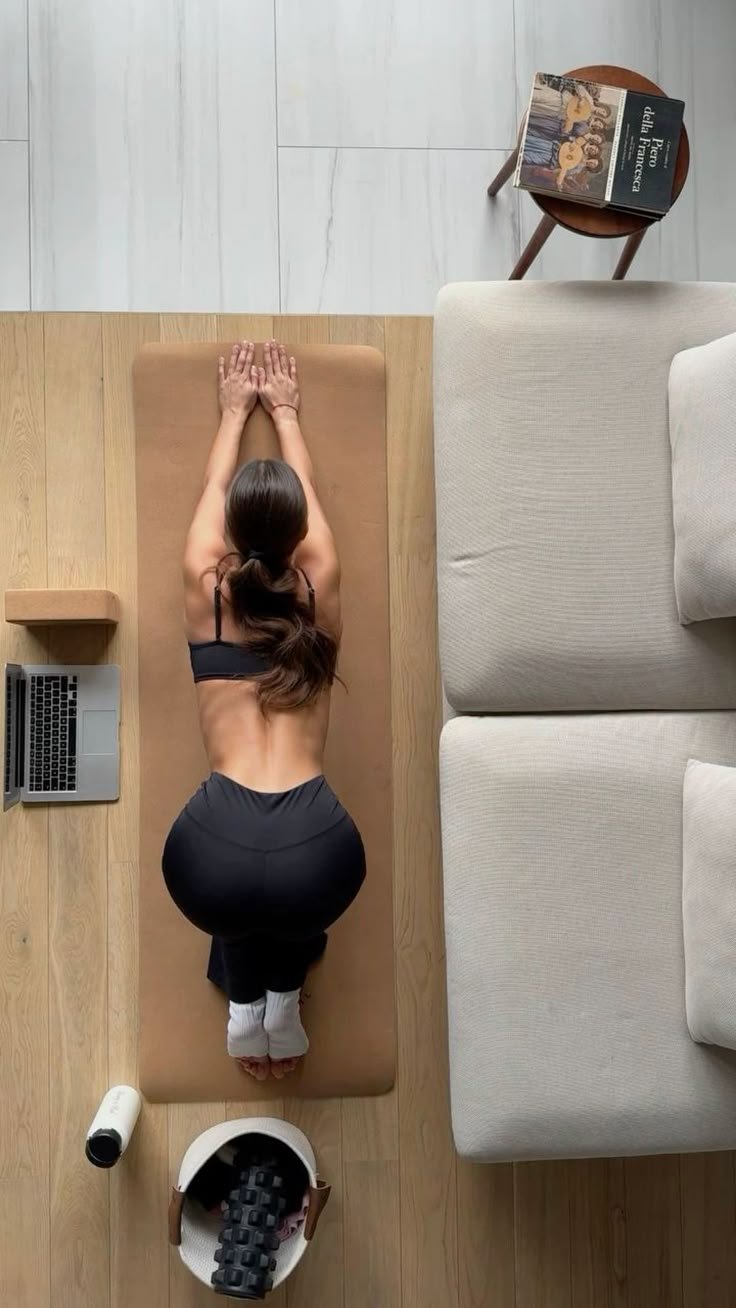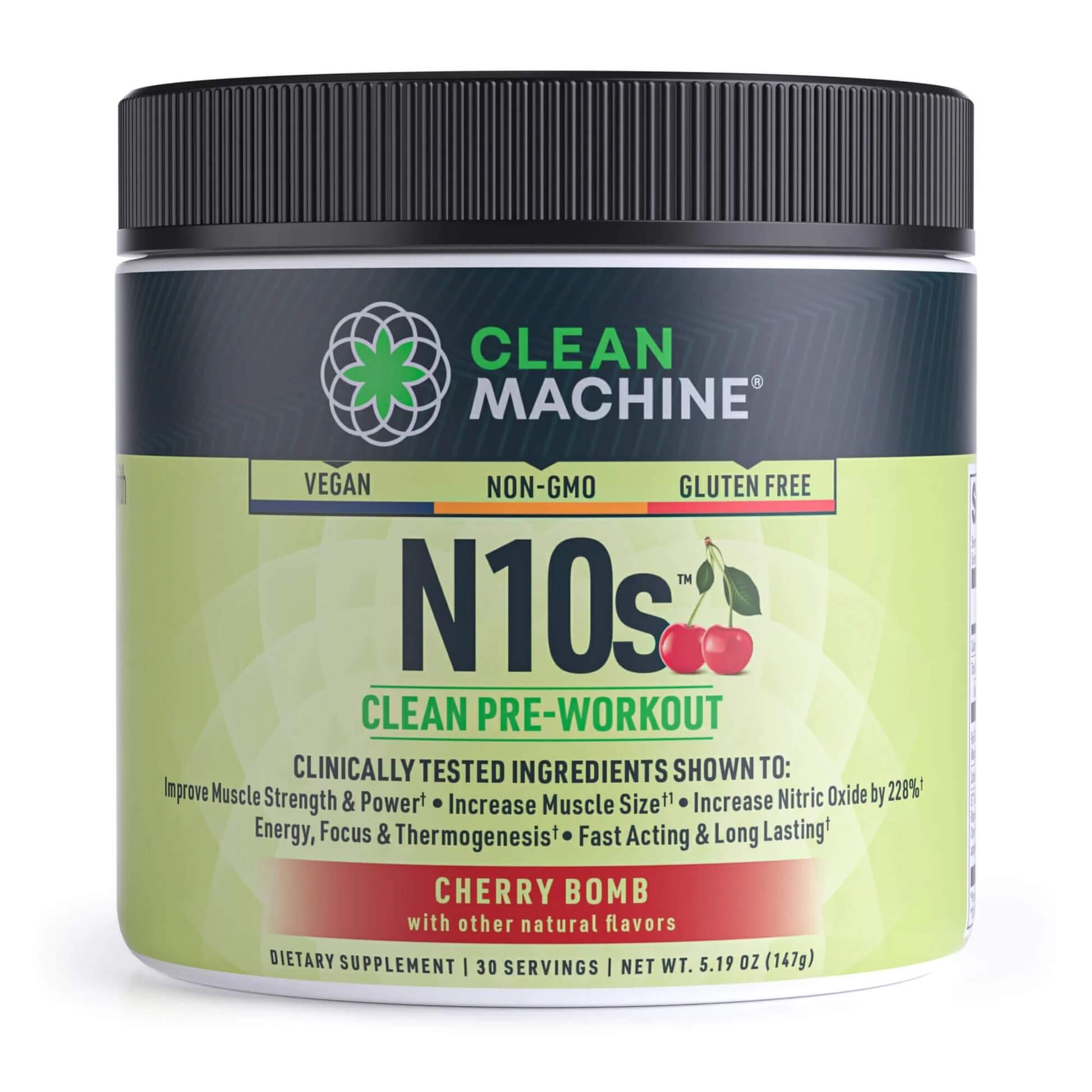In today’s fast-paced world, it’s easy to let our homes become just another stop in our busy routines—a place to sleep, eat, and recharge our devices. But what if your home could be more than that? What if it could be a true sanctuary, a calming retreat that supports your mental, emotional, and physical well-being every single day?
The good news is that creating a wellness-focused home doesn’t require a massive renovation or a designer’s budget. With a few intentional changes, you can transform your space into a haven of peace and purpose.
Whether you're looking to reduce stress, boost your mood, or simply feel more at ease in your surroundings, this guide will walk you through the essential steps to make your home a place that nurtures you from the inside out.
No. 1
Start by Shifting the Mood with Lighting
Lighting is one of the most powerful tools in setting the tone of your home. Soft, warm lighting can instantly make a space feel more inviting and serene.
Use table lamps, floor lamps, or string lights instead of relying solely on overhead lighting.
Let in as much natural light as possible—open your curtains during the day to boost mood and energy.
In the evening, switch to dim lighting to help your body wind down.
A cozy lamp in the corner or a few strategically placed candles can completely change the ambiance of a room.
No. 2
Clear Out the Clutter for Mental Clarity
A cluttered space often leads to a cluttered mind. Decluttering isn’t about minimalism for the sake of it—it’s about making room for what truly matters.
Start small: one drawer, one shelf, or one corner.
Keep only items that bring joy or serve a purpose.
Use baskets, trays, or organizers to maintain order.
When your home feels open and organized, your thoughts tend to follow suit. A clean space fosters a calm mind.
No. 3
Surround Yourself with Soothing Colors
Color has a profound effect on our emotions. Soft, calming tones can help create a more restful environment.
Choose hues like soft blues, muted greens, creamy whites, and gentle pastels.
Add colour through throw pillows, blankets, rugs, or wall art if repainting isn’t an option.
These subtle changes can shift the energy of a room and promote relaxation.
Terrain
Discover the beauty of nature with Terrain’s curated selection of plants. From lush greenery to blooming florals, find the perfect touch for your home or garden!
No. 4
Bring Nature Inside
Nature has a calming, grounding effect on our minds and bodies. Incorporating natural elements into your home can significantly enhance its wellness factor.
Add houseplants like succulents, snake plants, or peace lilies.
Use natural materials like wood, stone, cotton, or linen in your decor.
Even a small potted plant on your desk or a wooden bowl on your table can add a sense of serenity.
No. 5
Create a Space That Supports Your Daily Wellness
Design your home to encourage healthy routines and self-care.
Set up a cozy reading nook or meditation corner.
Keep wellness tools like yoga mats, journals, or herbal teas within easy reach.
Use calming scents like lavender or eucalyptus to enhance relaxation.
Having a space that supports your well-being makes it easier to integrate those habits into your daily life.
No. 6
Use Scent to Set the Tone
Scent is a powerful way to influence mood and energy.
Use essential oils like lavender, chamomile, or sandalwood in a diffuser.
Light natural soy candles or incense for a warm, inviting aroma.
Fresh flowers or even the smell of baked goods can add a comforting scent.
These small sensory touches can make your home feel more nurturing and peaceful.
No. 7
Keep Technology in Check
While technology is essential, it can also disrupt the calm you’re trying to create.
Designate tech-free zones, especially in the bedroom or relaxation areas.
Turn off unnecessary notifications and limit screen time in the evenings.
Replace screen time with mindful activities like reading, journaling, or stretching.
Creating boundaries with technology helps you stay present and grounded.
No. 8
Focus on Comfort and Softness
Comfort is key to creating a home that feels like a retreat.
Add soft blankets, plush pillows, and cozy rugs.
Choose furniture that invites relaxation—think deep cushions and supportive seating.
Layer textures to create warmth and depth.
When your home feels physically comforting, it becomes emotionally comforting too.
No. 9
Design with Intention and Personal Meaning
Your home should reflect who you are and what you love.
Display photos of loved ones, meaningful artwork, or souvenirs from your travels.
Use a note board or wall space for your favorite quotes or affirmations.
Choose decor that tells your story and brings you joy.
Just like thoughtful design can make your home feel more personal, having the right systems in place—like managing daily tasks or handling responsibilities such as payment to contractor—can bring clarity and ease to your life.
When your space and systems are aligned with your values, your home becomes a true extension of your well-being.
No. 10
Make Room for Stillness and Quiet Moments
A wellness-centered home offers space for stillness and reflection.
Create a quiet corner where you can sit with a cup of tea or enjoy a few deep breaths.
Use this space for meditation, prayer, or simply being present.
Embrace small pauses throughout the day to reset and recharge.
These moments of stillness are essential for mental clarity and emotional balance.
No. 11
Let Your Home Evolve With You
Your needs and lifestyle will change—and your home should evolve with them.
Update your space seasonally or as your routines shift.
Add new plants, rearrange furniture, or try different lighting.
Stay open to change and let your home grow with you.
A wellness-focused home is not static—it’s a living, breathing space that reflects your journey.
Takeaways
Your home should be more than just a place to sleep—it should be a sanctuary that nurtures your mind, body, and spirit. By making intentional choices around lighting, color, scent, comfort, and personal meaning, you can create a space that supports your well-being every single day.
You don’t need a big budget or a complete overhaul. Even small, thoughtful changes can have a powerful impact. Whether it’s adding a cozy blanket, setting up a tech-free zone, or bringing in a few plants, each step brings you closer to a home that feels calm, supportive, and uniquely yours.
Start today, and let your home become the peaceful retreat you deserve.
























































































